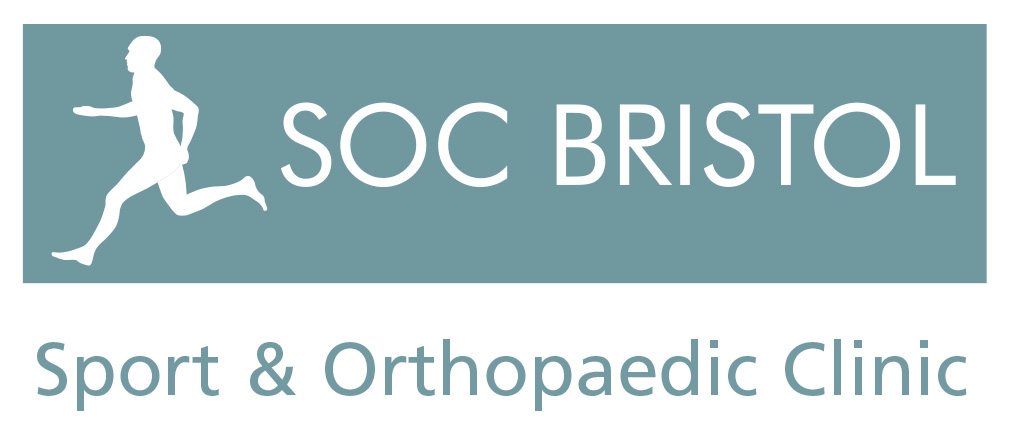Acromio-Clavicular Joint (ACJ) Excision
Description:
The distal or lateral end of the collar bone (clavicle) is trimmed. This can be done either keyhole (arthroscopically) or open (under direct vision). A small amount of bone (5-10mm) is excised from the end of the clavicle. The operation may be undertaken independently or in conjunction with other procedures; Arthroscopic Sub-Acromial Decompression or Rotator Cuff Repair.
The purpose of the surgery:
The aim of the surgery is to relieve pain felt over the top of the Acromio-Clavicular Joint (ACJ). This pain is typically worse on lying on the shoulder, on overhead activities and when crossing the arm across the chest.
Alternative Treatment options:
Alternative treatments include steroid injections and physiotherapy. Most patients should have had a trial of non-operative management in the form of both physiotherapy and injections prior to considering surgery.
Anaesthetic:
The surgery is typically undertaken with the patient asleep with a nerve block to provide additional pain relief.
Incision:
If procedure is normally undertaken keyhole (arthroscopically) through 3 or 4 small (5mm) incisions. These incisions do not normally require sutures or stitches. Steri-StripsTM are normally used to close the wounds and these are covered by an OpsiteTM dressing. These dressings may in turn be covered by a large padded dressing immediately following the operation. This padded dressing is removed prior to being discharged home.
If undertaken as an open procedure, a 3-4cm incision is made front to back over the end of the collar bone (clavicle). This incision is normally closed with a continuos sub-cuticular absorbable stitch (MonocrylTM suture). The stitch does not need to be removed but the ends may need to be trimmed when the dressings are removed in 2 weeks. The wound is covered with Steri-StripsTM and an antiseptic padded dressing with a splash-proof covering (OpsiteTM).
The dressings will typically be inspected dat 10-14 days post surgery.
Rehbailitation:
Following the surgery no immobilisation is required although a sling may be given for comfort for the first 24 hours or so. A sling may also be helpful as the arm may remain numb for 24-36 hours following the nerve block.
Please see Decompression rehabilitation guidelines.
Risks associated with the operation:
All operations are associated with a degree of risk but complications associated with an Acromio0Clavicular Joint Excision are rare.
Infection (<1%)
Inadequate excision.
Instability of the Acromio-Clavicular Joint
Anaesthetic Risks (Anaestheic complications are rare but include Heart Attack (Myocardial Infarction, MI), Stroke (Cerbero-Vascular Accident, CVA) and a clot in the leg (Deep Vein Thrombosis, DVT) or lungs (Pulmonary Embolus, PE).
Damage to nerve or blood vessels (Neuro-Vascular Damage).
Stiffness. There is a small risk of developing a stiff or frozen shoulder after the surgery. This should get better on its own but does occasionally require treatment.
While the probability of symptom improvement is high it remains possible that symptoms may remain unchanged or deteriorate).
Further surgery (Re-operation)

